12 Gorgeous Annuals That Will Last Until the First Frost
As summer fades and cooler air moves in, certain flowers keep gardens full of color longer than expected. These late-season blooms thrive in mild temperatures and continue to flourish until frost finally arrives. They add brightness to borders, planters, and walkways when most plants start to fade. Whether you enjoy warm shades of gold or cooler tones of purple, these annuals will keep your outdoor spaces looking fresh and lively right through the season’s final days.
This post may contain affiliate links, which helps keep this content free. Please read our disclosure for more info.
Marigolds
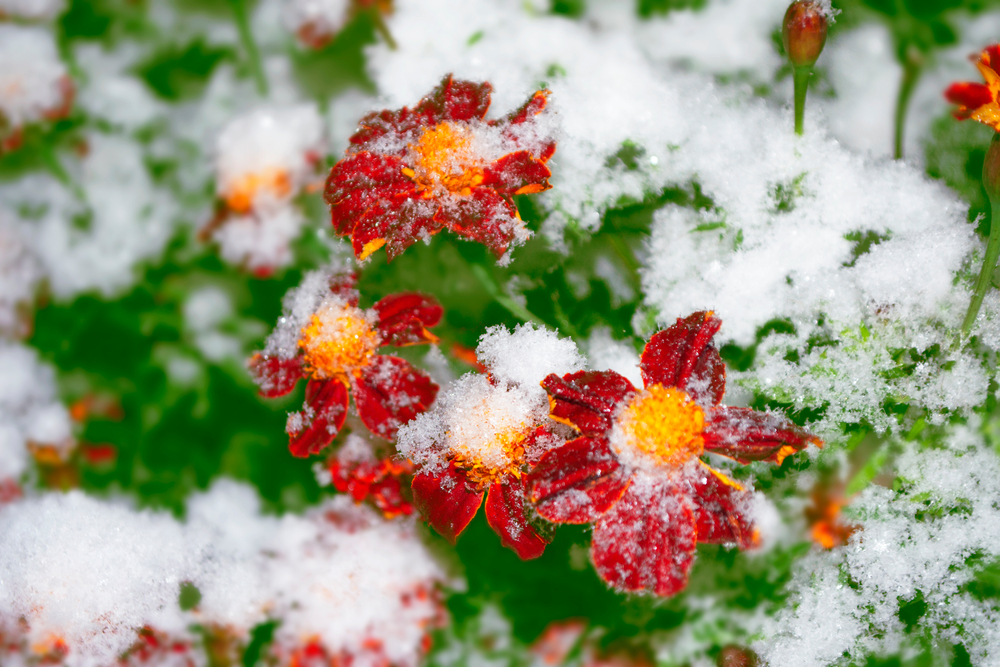
Marigolds are among the most cheerful annuals to plant for lasting color through autumn. Their rich shades of orange, yellow, and gold fit beautifully with fall décor, blending easily with pumpkins, hay bales, and garden mums. These flowers flourish in cooler temperatures and keep blooming well into the season as long as you remove faded blossoms. They are also drought-tolerant, which makes them a low-maintenance choice when the weather becomes unpredictable.
Another reason marigolds remain garden favorites is their natural pest-repelling qualities. The strong scent of their leaves and flowers helps keep mosquitoes and harmful insects away. Gardeners often plant them near vegetables or herbs for added protection. They look beautiful in borders, raised beds, or window boxes and hold their color proudly until frost finally ends their display.
Zinnias
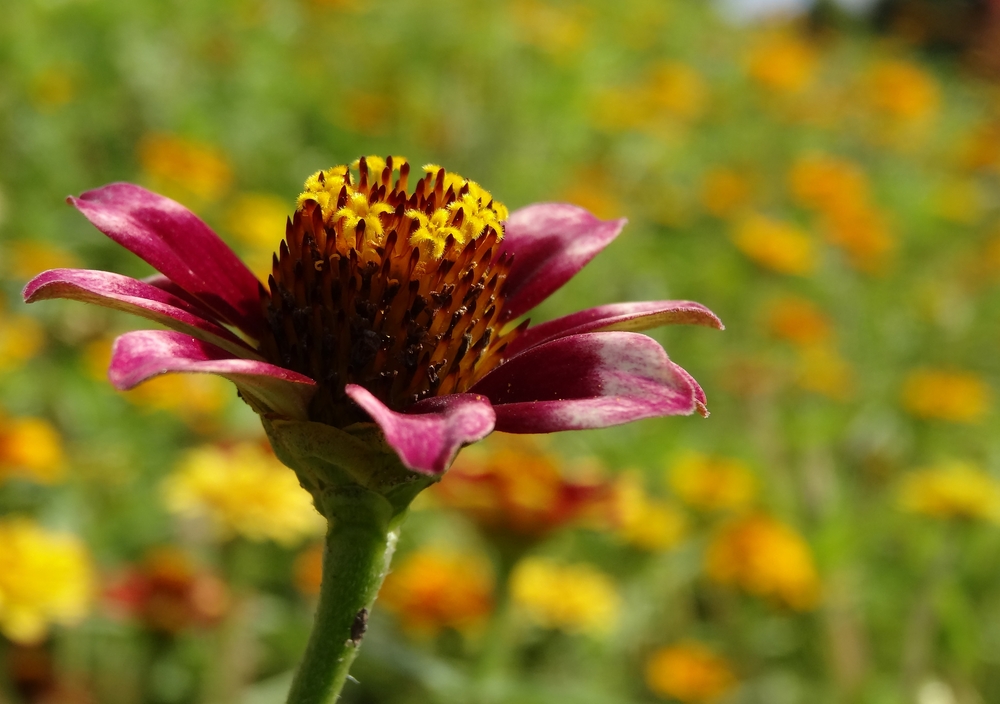
Zinnias are dependable bloomers that thrive under both summer heat and the cool days of fall. Their flowers come in an impressive range of colors, including pink, red, orange, white, and purple. They continue to produce fresh blooms when cared for properly, especially if you remove the older ones regularly. Their long stems make them ideal for cut flower arrangements that brighten homes during the darker months.
These easy-going annuals prefer full sunlight and well-drained soil. Once established, zinnias are fairly resistant to dry conditions and can keep up their colorful display long after other flowers fade. Gardeners appreciate their ability to attract butterflies and bees, which helps pollinate nearby plants. They remain among the most reliable choices for vibrant late-season color right up to the first frost.
Petunias
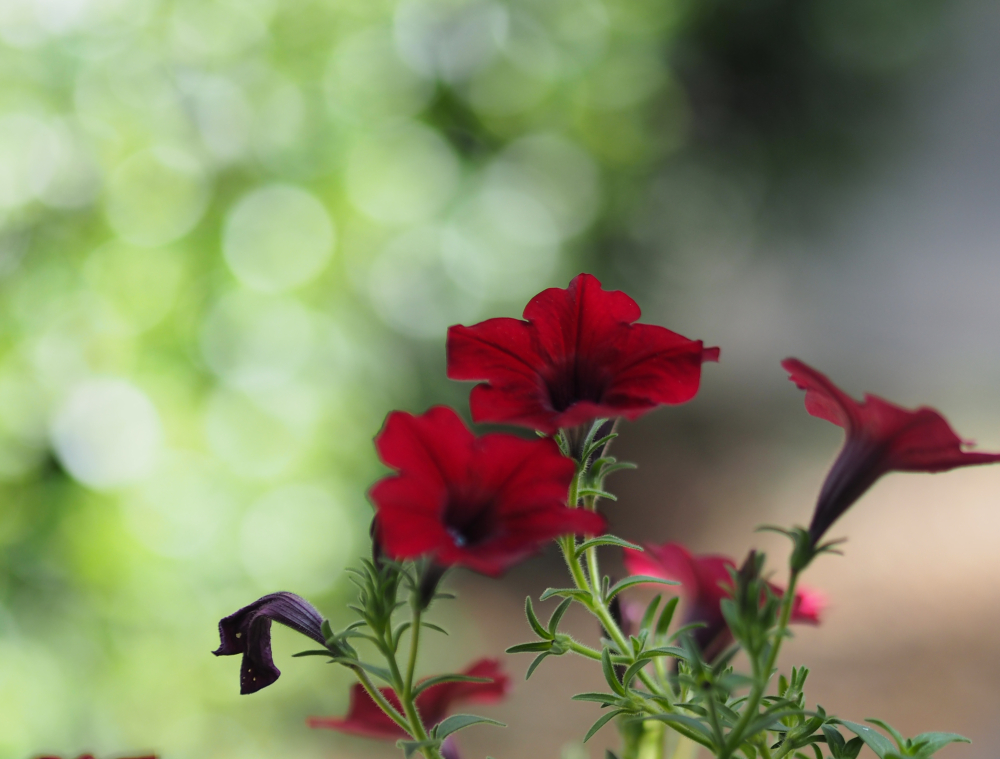
Petunias are a staple in many gardens because of their vivid hues and long flowering period. They thrive in warm climates but do not give up easily when the temperatures start to drop. With regular watering and trimming, petunias keep their lush, trumpet-shaped blooms well into the fall. Their fragrance adds another pleasant layer to any garden or patio setting.
You can grow petunias in hanging baskets, garden beds, or containers along walkways. They pair well with ornamental grasses or mums to create balanced autumn displays. These plants appreciate plenty of sunlight and moderate watering to stay full and healthy. Their endurance through the season makes them a rewarding choice for gardeners who enjoy color until the chill of frost sets in.
Impatiens
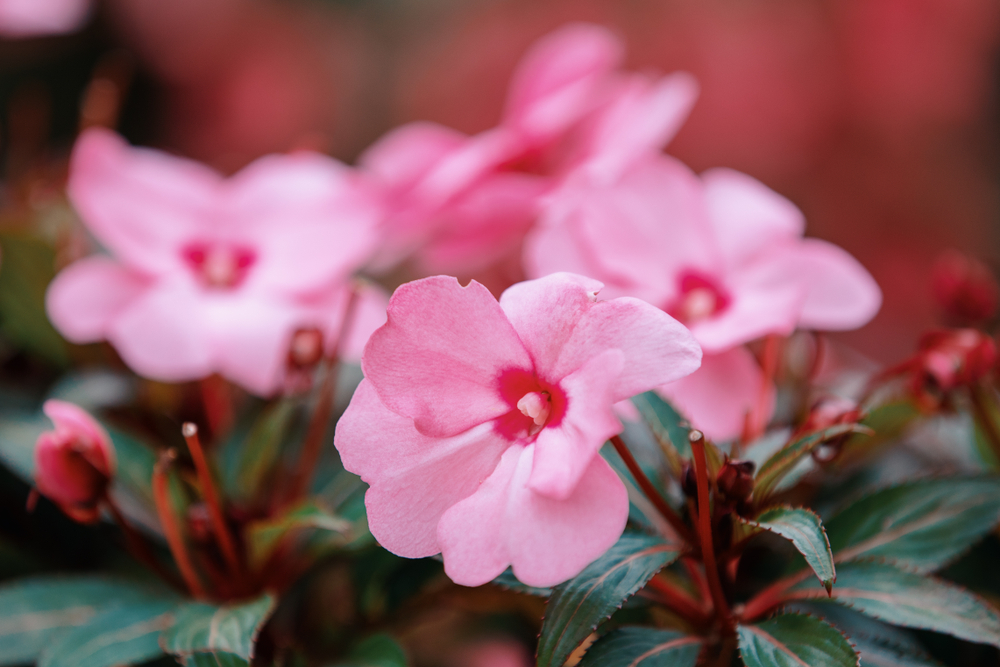
Impatiens bring a gentle charm to shaded spots in the garden. They are known for their ability to thrive where sunlight is limited, making them ideal for corners or under trees. These flowers bloom generously in pink, red, lavender, and white and maintain their appeal until frost arrives. Their lush green leaves provide a lovely contrast to the colorful blooms, creating a soft and welcoming display.
To keep impatiens looking their best, water them regularly and protect them from cold winds. They prefer moist soil that drains well and respond quickly to consistent care. Gardeners often use them in hanging baskets or along shaded borders to keep dull areas lively through late autumn. Their ability to hold on when temperatures cool gives them a lasting place in many gardens.
Calendulas
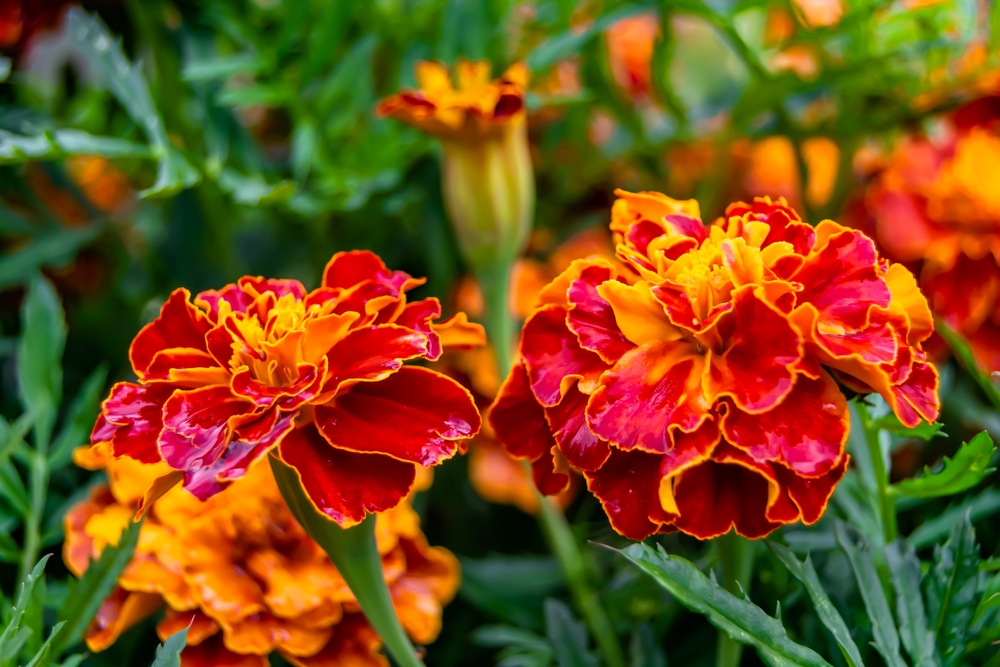
Calendulas, often called pot marigolds, are reliable performers that brighten gardens well into the chilly months. Their bright yellow and orange flowers resemble small suns scattered across the garden, providing warmth and color when most blooms begin to fade. These flowers are surprisingly tough, handling cool temperatures with ease. They often continue to open new buds until the first frost finally stops them.
Calendulas do best in sunny areas and moist soil that drains easily. They are known for their slightly herbal scent and have long been valued in herbal remedies and natural skincare. Many gardeners enjoy using their petals as edible garnishes in salads. Their ability to bloom continuously and handle temperature drops makes them an excellent choice for extending color into late fall.
Geraniums
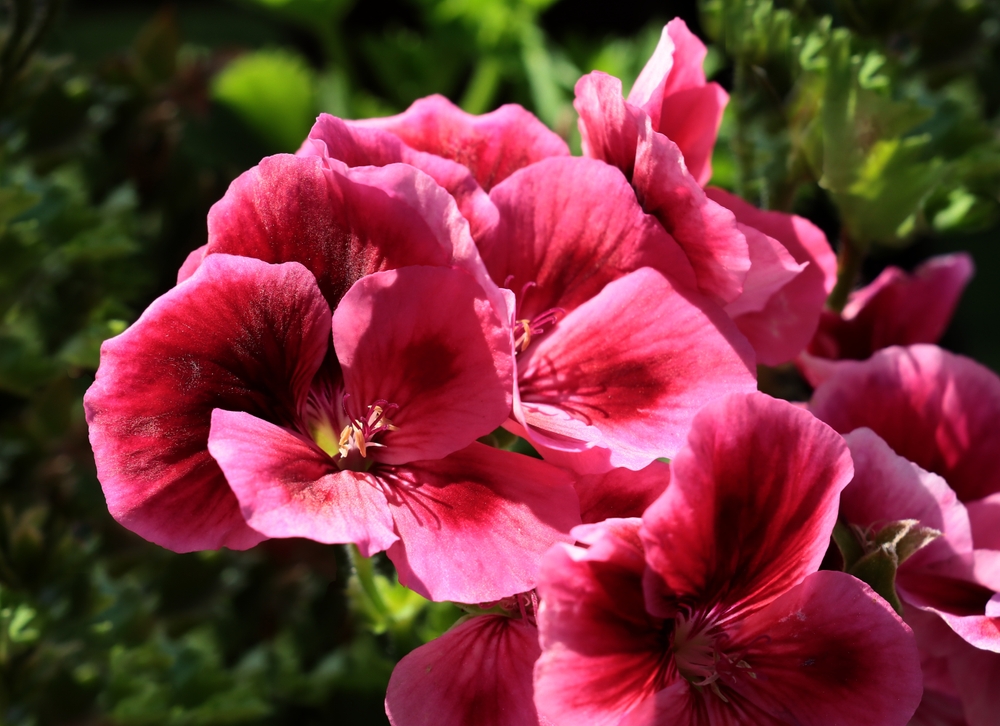
Geraniums are beloved for their clusters of vibrant flowers and long-lasting display. They thrive through the summer heat and continue to bloom beautifully in the cooler air of autumn. With proper care, including regular deadheading and moderate watering, geraniums will remain attractive until frost finally arrives. Their sturdy stems and rich foliage give structure and balance to container arrangements.
These flowers come in shades of pink, red, white, and coral, adding life to porches and patios as other plants begin to fade. Gardeners appreciate their pleasant fragrance and how easily they can be overwintered indoors if desired. Geraniums prefer bright sunlight and slightly dry soil conditions, which keep them from rotting. Their resilience and beauty make them perfect companions for late-season gardening.
Nasturtiums
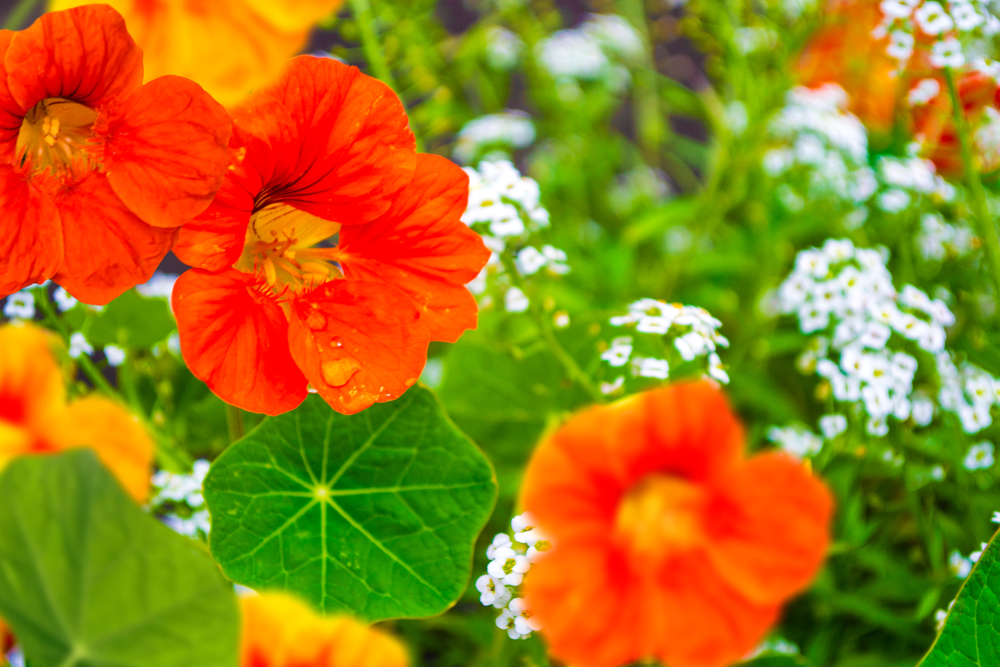
Nasturtiums bring a playful, cheerful look to any garden with their round leaves and bold blooms. Their fiery shades of red, orange, and yellow mirror the changing leaves of fall, creating a cohesive seasonal palette. These annuals love cool temperatures and actually bloom better when summer’s heat begins to fade. They can spread quickly, filling garden spaces with rich color until the cold arrives.
Aside from their looks, nasturtiums are edible and often used in salads or as a garnish. Their slightly peppery flavor adds both taste and visual appeal to dishes. They are easy to grow from seed and thrive in less fertile soil, which encourages more flowers instead of foliage. Their ability to keep blooming late into the season makes them a favorite for gardeners who enjoy a natural, low-maintenance look.
Snapdragons
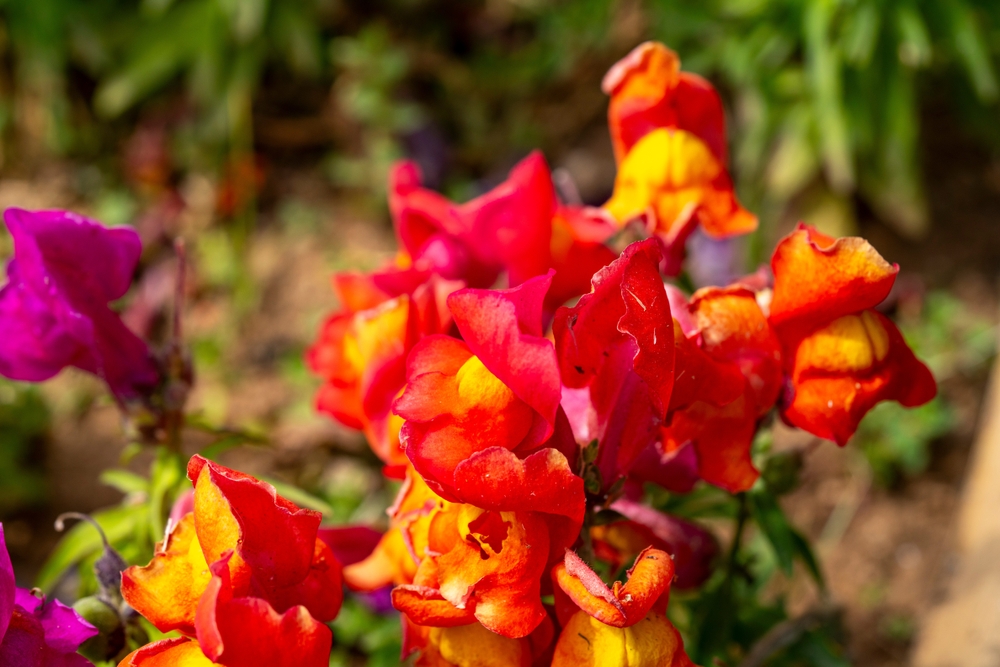
Snapdragons are known for their tall spikes of flowers that add texture and height to fall gardens. These plants love cooler temperatures and tend to bloom more vigorously in early spring and late autumn. Their blossoms come in various colors, including red, pink, yellow, and white, which stand out against fading foliage. With consistent watering and sunlight, they remain lively until frost takes over.
Snapdragons grow well in both garden beds and containers, making them versatile for different spaces. They attract hummingbirds, adding movement and life to outdoor settings. These annuals perform best in soil that drains easily and in areas with good air circulation. Their long-lasting nature and elegant form keep gardens looking refined right up to the coldest days.
Pansies
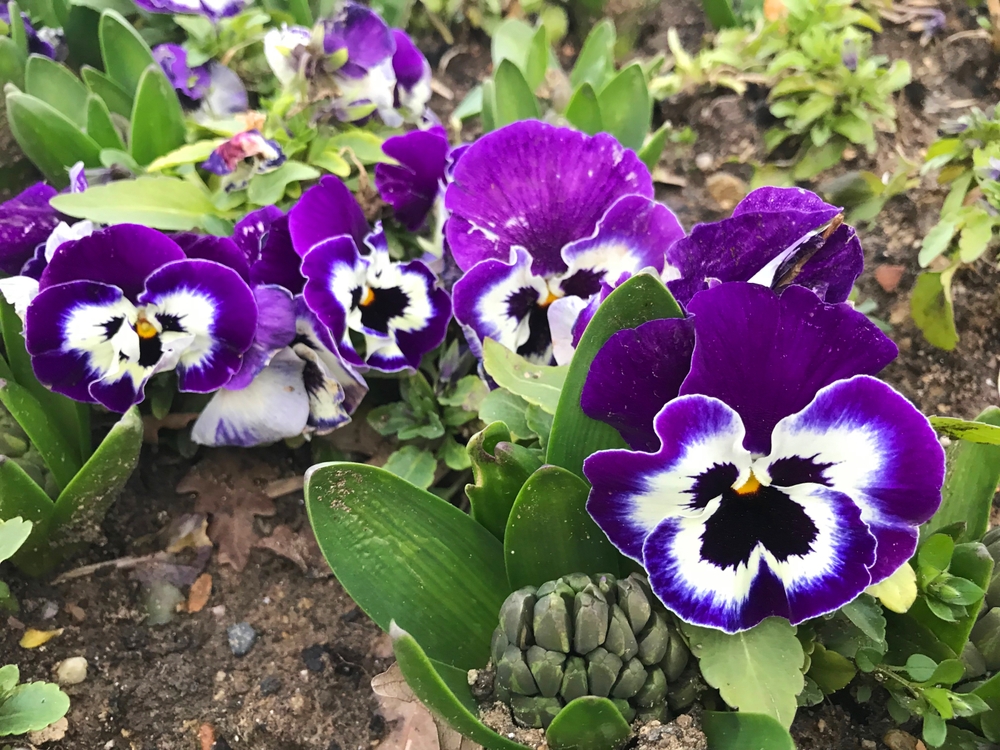
Pansies are famous for their cheerful “faces” and remarkable tolerance for cooler weather. They bloom in a wide mix of colors, from deep purples and blues to bright yellows and whites. These flowers can handle chilly nights and continue producing blooms even as temperatures drop. When planted in early fall, they can thrive until the first frost and sometimes even beyond.
Pansies are perfect for window boxes, borders, or containers near entrances. They do best with partial sunlight and moist, rich soil. Their compact growth and vivid hues make them ideal companions for other fall plants like ornamental kale and dusty miller. Pansies provide a steady splash of color just when many gardens start losing their summer brightness.
Ageratums
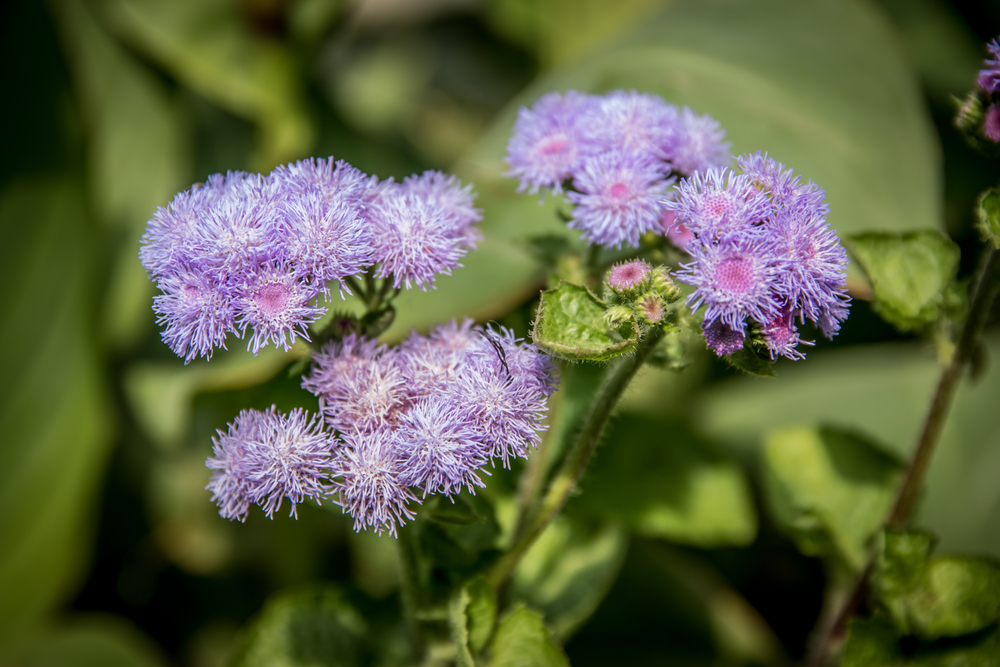
Ageratums bring soft, fluffy blooms in shades of blue, purple, and white, which make them stand out in autumn gardens. These flowers thrive during the late season and hold their blooms until the frost arrives. Their neat, compact form makes them great border plants or fillers between larger flowers. They are perfect for adding gentle color contrast without overwhelming other plants.
They prefer full sunlight but can handle partial shade as the days shorten. Regular trimming keeps them looking neat and encourages more flowering. Gardeners enjoy using ageratums in combination with yellow or orange blooms to create visually pleasing fall arrangements. Their endurance and delicate beauty make them a quiet highlight in late-season displays.
Sweet Alyssum
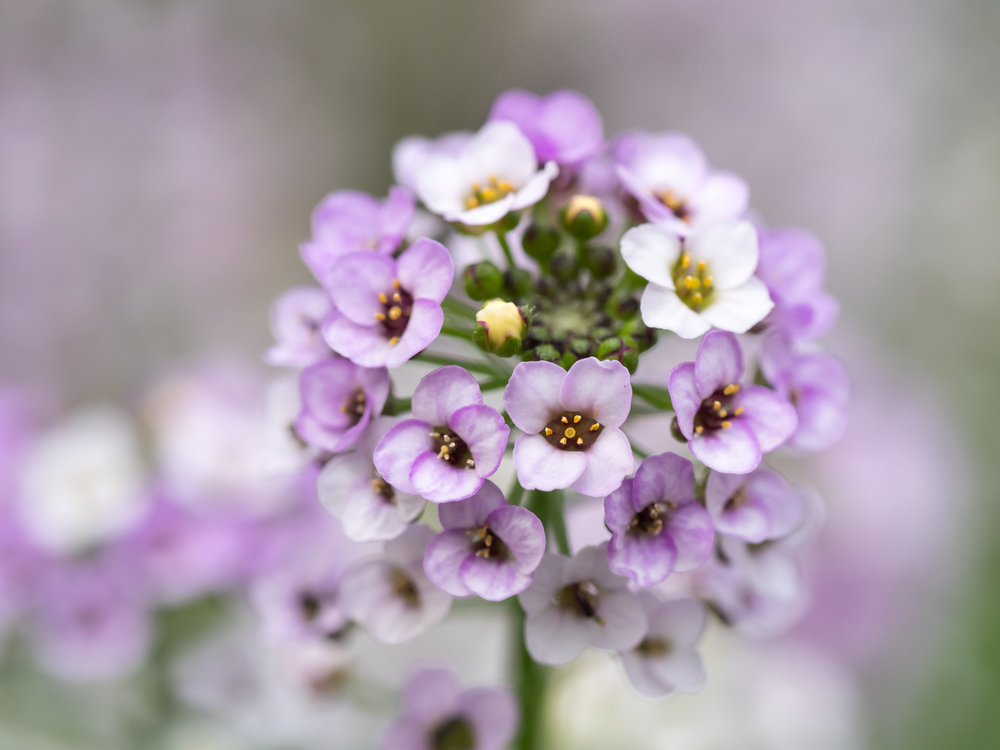
Sweet alyssum is a fragrant annual that produces clusters of tiny white, pink, or lavender flowers. It blooms continuously until the first frost, often spilling gracefully over the edges of pots or garden walls. Its gentle scent fills the air, creating a refreshing aroma in cool autumn breezes. These flowers can tolerate cooler temperatures well and maintain their charm even in light chills.
Sweet alyssum thrives in both sun and partial shade and prefers soil that drains easily. It attracts pollinators such as bees and butterflies, bringing life to fall gardens that might otherwise feel quiet. When used in borders or mixed planters, it complements bolder flowers beautifully. Its long-lasting blooms and fragrance make it a must-have for gardeners seeking soft color near the season’s end.
Cosmos
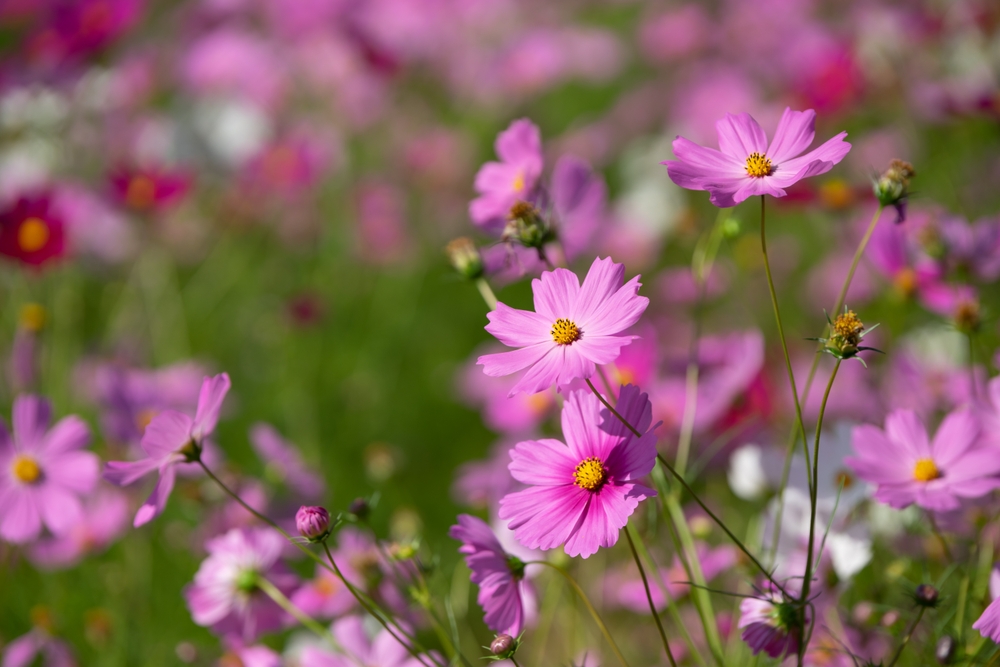
Cosmos are tall, airy annuals that continue to sway gracefully in the breeze long after summer fades. Their daisy-like blooms come in pink, white, and purple shades that brighten any fall garden. They tolerate cooler nights and will continue blooming until frost puts an end to the show. With minimal care, cosmos fill open spaces beautifully and require little watering once established.
These flowers are popular with butterflies and bees, adding movement and energy to outdoor spaces. They are easy to grow from seed and thrive best in full sunlight and average soil. Cutting the flowers for arrangements encourages new blooms to form, extending their display even longer. Their relaxed growth and endurance make them an elegant option for gardeners who love color that lasts.
This article originally appeared on Avocadu.
